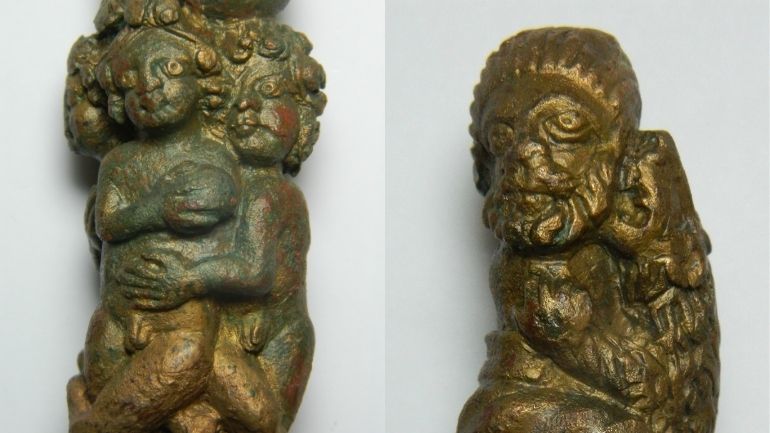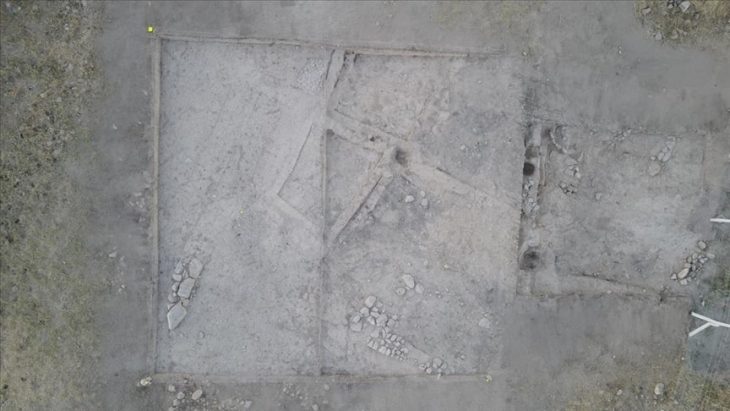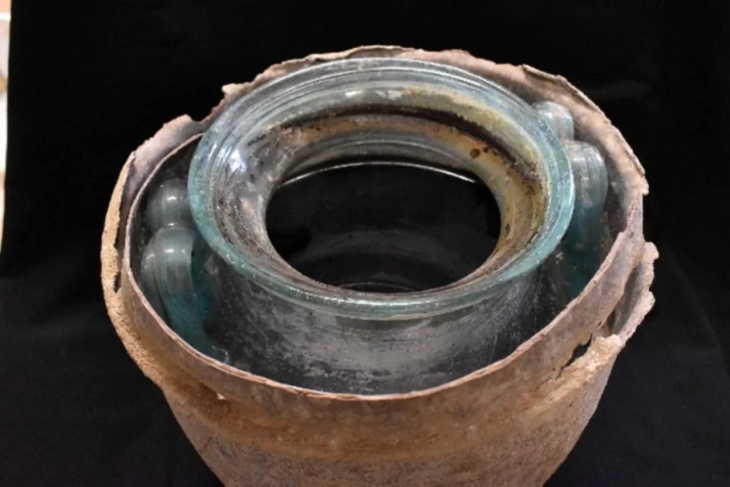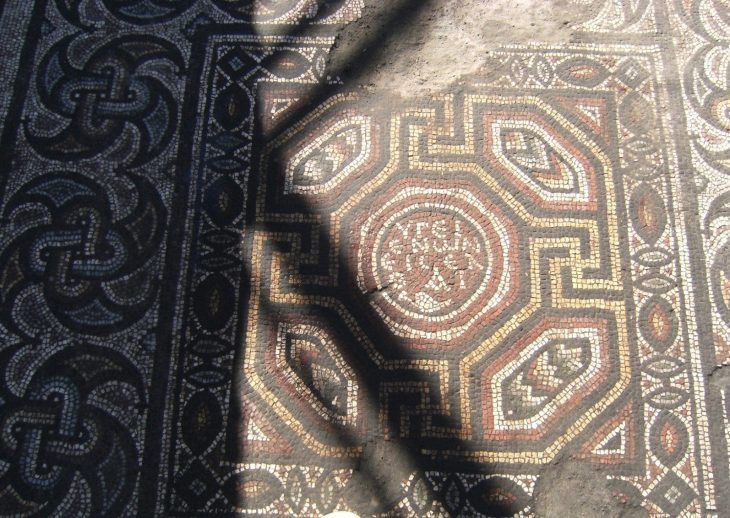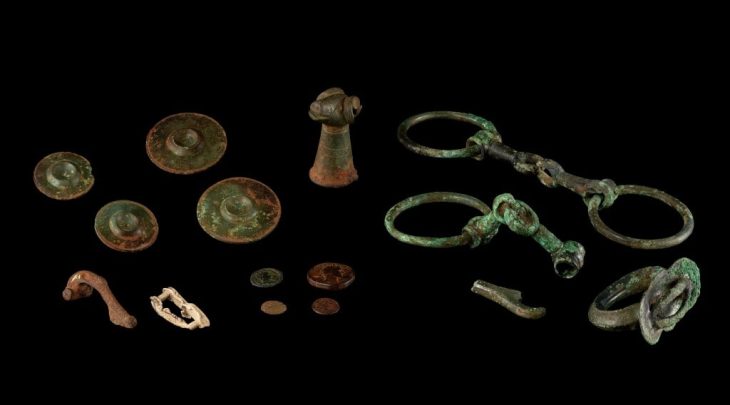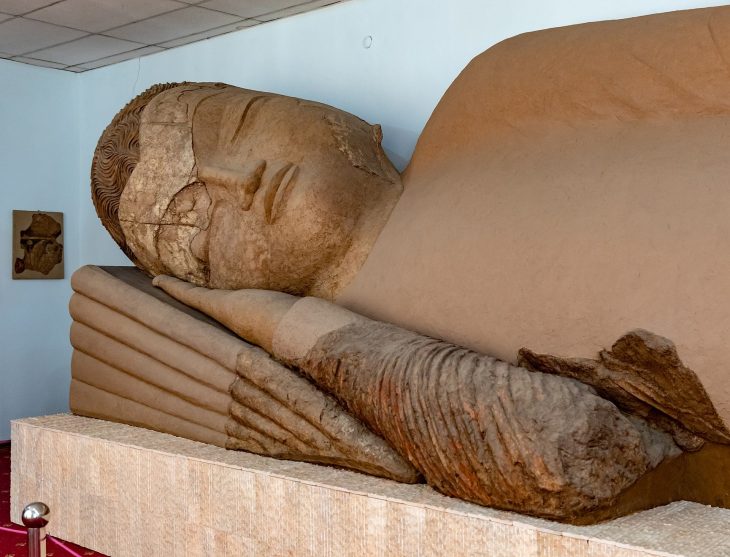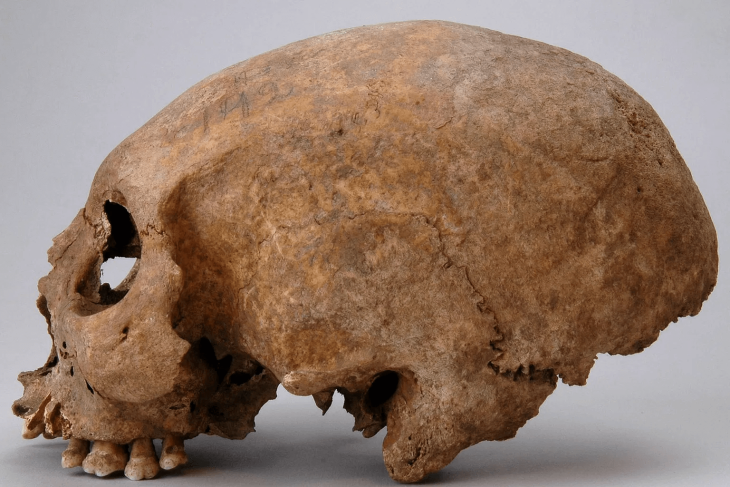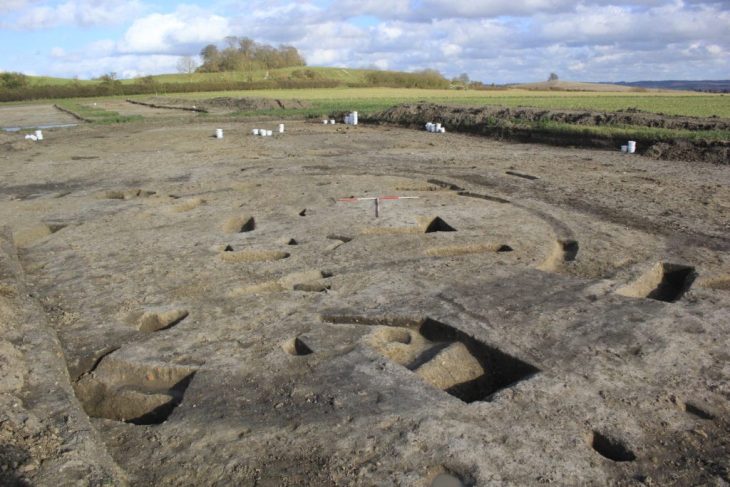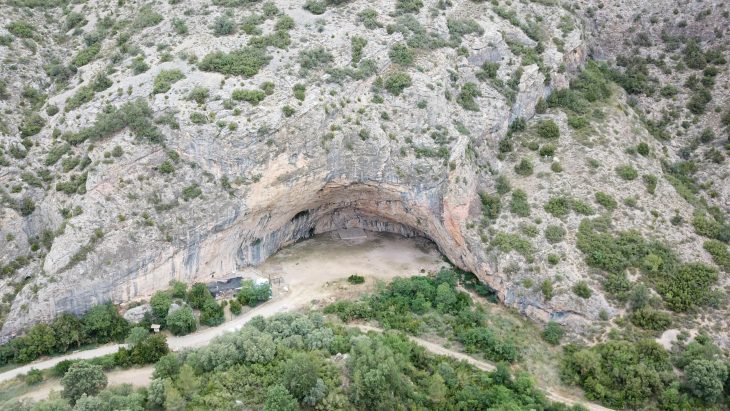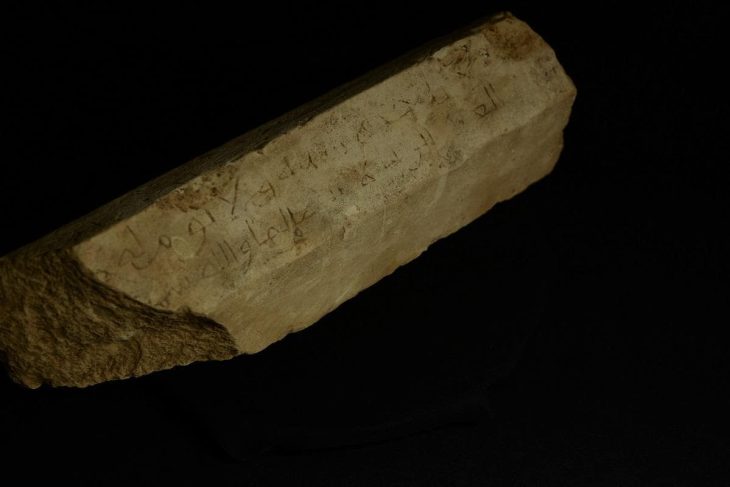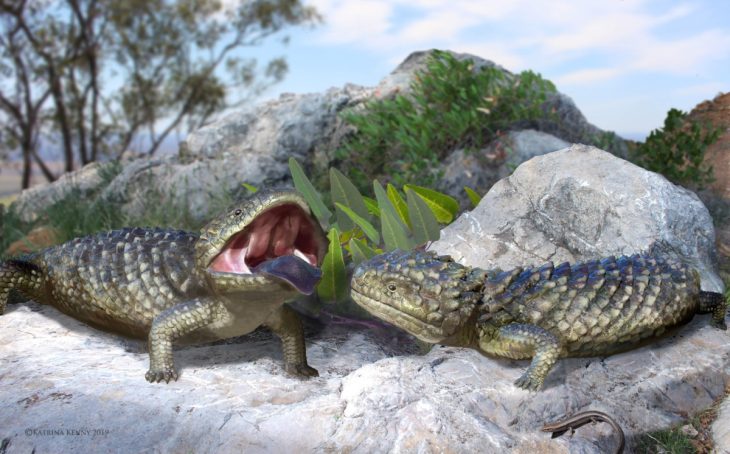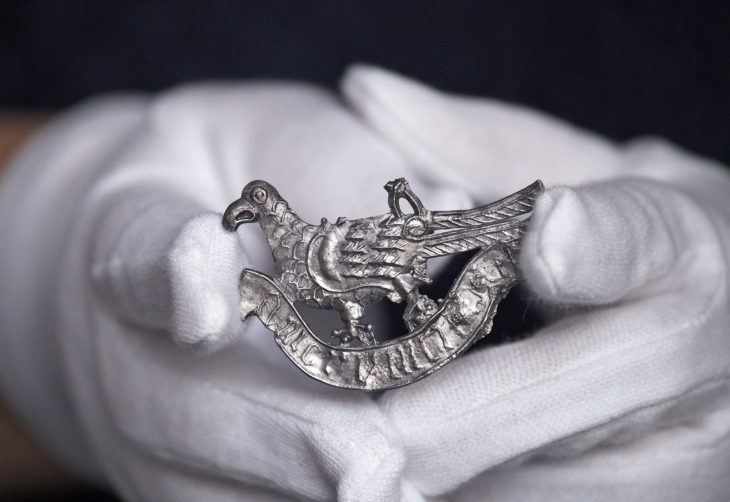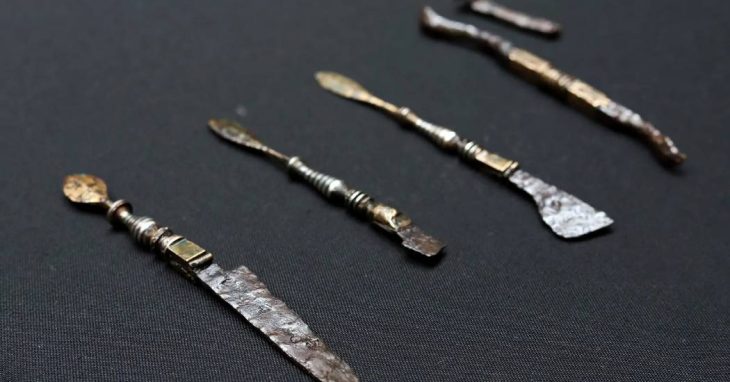Archaeologists have discovered an elaborate key as proof that wild animals were employed as execution vehicles in public arena events in Roman Britain.
Archaeologists in Leicester have discovered an ornately carved Roman bronze key handle portraying captives being thrown to lions in the arena.
The key handle was discovered buried beneath the floor of a late Roman townhouse excavated in Leicester in 2016 by the University of Leicester Archaeological Services (ULAS). The handle depicts a ‘Barbarian’ fighting a lion, as well as four nude youngsters cowering in fear.
Following conservation, this one-of-a-kind item was investigated at King’s College London, with the results published in the journal Britannia.
Dr. Gavin Speed, who conducted the excavations at a location off Great Central Street in Leicester, according to the University of Leicester website, is a co-author of the research and detailed the moment the discovery was found.
Dr. Gavin Speed said: “When first found, it appeared as an indistinguishable bronze object, but after we carefully cleaned off the soil remarkably we revealed several small faces looking back at us, it was absolutely astounding. Nothing quite like this has been discovered anywhere in the Roman Empire before.”
The public spectacle of tossing criminals and prisoners of war to the beasts was sanctioned by Roman law, as indicated by the Latin phrase damnatio ad bestias. This method of death was frequently used to symbolize the annihilation of Rome’s adversaries, members of the tribes known as “Barbarians” who lived outside the Roman Empire.
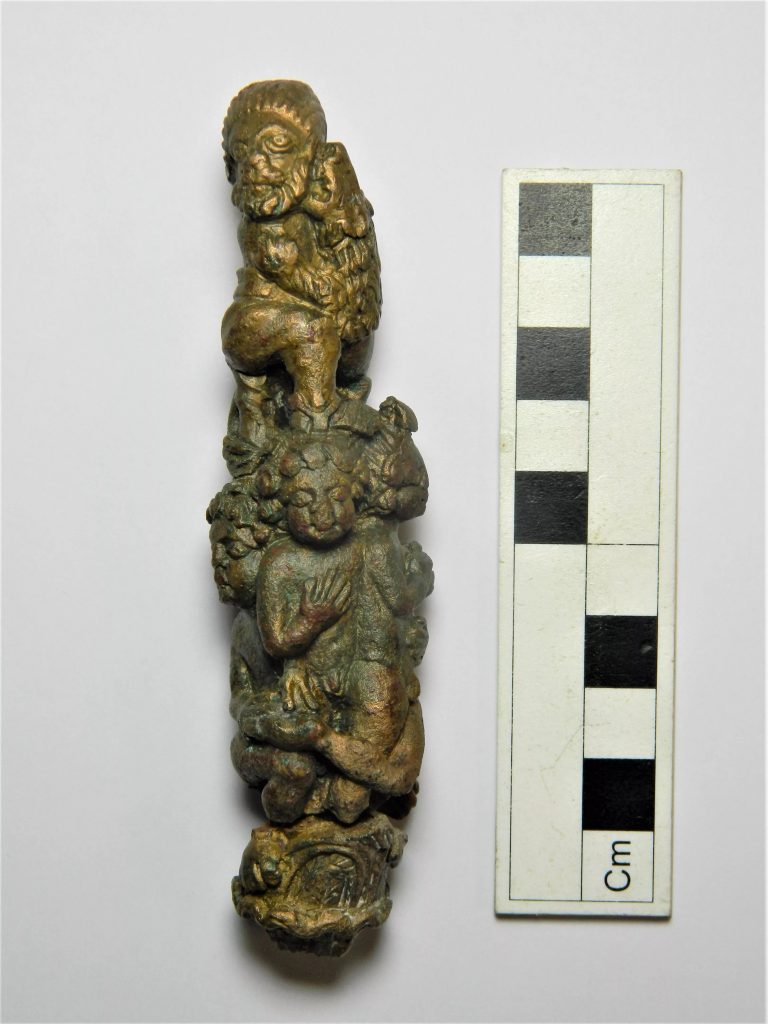
Dr. John Pearce of King’s College London is one of the study’s co-authors. He added: “This unique object gives us our most detailed representation of this form of execution found in Roman Britain. As the first discovery of this kind, it illuminates the brutal character of Roman authority in this province.”
The primary figure shown on the handle has several characteristics associated with “Barbarians,” such as mane-like hair, a bushy beard, protruding eyes, and the wearing of pants beneath a bare body. The lion has wrapped itself around his torso and is biting the side of his skull. Four nude boys gaze out from behind the struggle, the elder two appearing to defend their younger companions, one of whom may be holding a stone. The youngsters are supposed to represent the tribe’s “children,” and their impending fate exemplifies what occurs when Roman conquest is rejected.
Many Roman cities in Britain had either an amphitheater or a theatre, where enormous crowds may have watched such events. The townhouse where the key handle was discovered is next door to Leicester’s freshly unearthed Roman theatre, and it’s tempting to believe that life did indeed copy art and that the key’s holders had watched such sights up close.
Direct evidence for violent spectacles in Roman Britain is extremely rare, with the exception of a puncture wound inflicted on the pelvis of a male skeleton from Roman York by a big animal.
Archaeologists think the key was probably made a century or more after Britain was taken.
Lions are shown on numerous key handles from Roman Britain, and they most likely represented home security and protection. As the detachable handle obviously continued to be appreciated, this sense of security lasted beyond the life of the key as a functional object. It was placed upright in the composition of a new floor built long after the heyday of the rich mansion it had previously guarded, in the expectation that it might still provide security.
Nick Cooper, ULAS post-excavation manager, and co-author stated that the key handle was one of the most significant findings from Roman Leicester and will be displayed to the public at the Jewry Wall Museum in Leicester once substantial restoration work was finished by 2023.
Source: University of Leicester
Cover Photo: University of Leicester Archaeological Services

